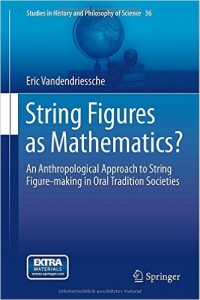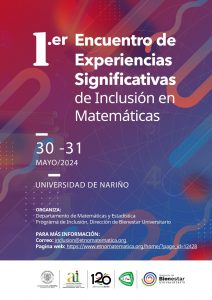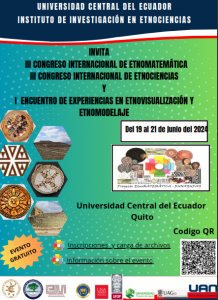New book: String Figures as Mathematics? An Anthropological Approach to String Figure-making in Oral Tradition Societies
 String Figures as Mathematics? An Anthropological Approach to String Figure-making in Oral Tradition Societies
String Figures as Mathematics? An Anthropological Approach to String Figure-making in Oral Tradition Societies
Authors: Vandendriessche, Eric
Table of contents (10 chapters)
Introduction
String Figures and Ethnography
A Conceptualization of String Figure-Making
W.W. Rouse Ball’s Mathematical Approach to String Figures
Thomas Storer and the Concept of Heart-Sequence
Heart-Sequences and “Look-Alike” String Figures
Understanding Transformations
Cultural and Cognitive Aspects of String Figure-Making in Two Different Societies
Comparison of the Trobriander and Guarani-Ñandeva String Figure Corpora
Conclusion
About this book
This book addresses the mathematical rationality contained in the making of string figures. It does so by using interdisciplinary methods borrowed from anthropology, mathematics, history and philosophy of mathematics. The practice of string figure-making has long been carried out in many societies, and particularly in those of oral tradition. It consists in applying a succession of operations to a string (knotted into a loop), mostly using the fingers and sometimes the feet, the wrists or the mouth. This succession of operations is intended to generate a final figure. The book explores different modes of conceptualization of the practice of string figure-making and analyses various source material through these conceptual tools: it looks at research by mathematicians, as well as ethnographical publications, and personal fieldwork findings in the Chaco, Paraguay, and in the Trobriand Islands, Papua New Guinea, which all give evidence of the rationality that underlies this activity. It concludes that the creation of string figures may be seen as the result of intellectual processes, involving the elaboration of algorithms, and concepts such as operation, sub-procedure, iteration, and transformation.



